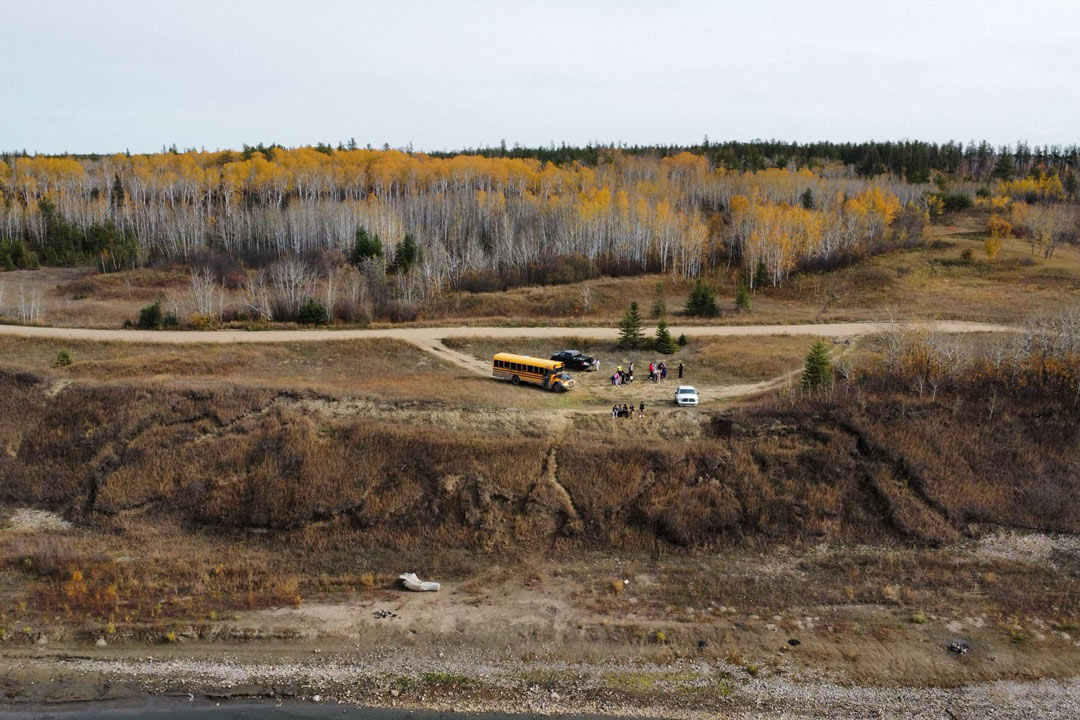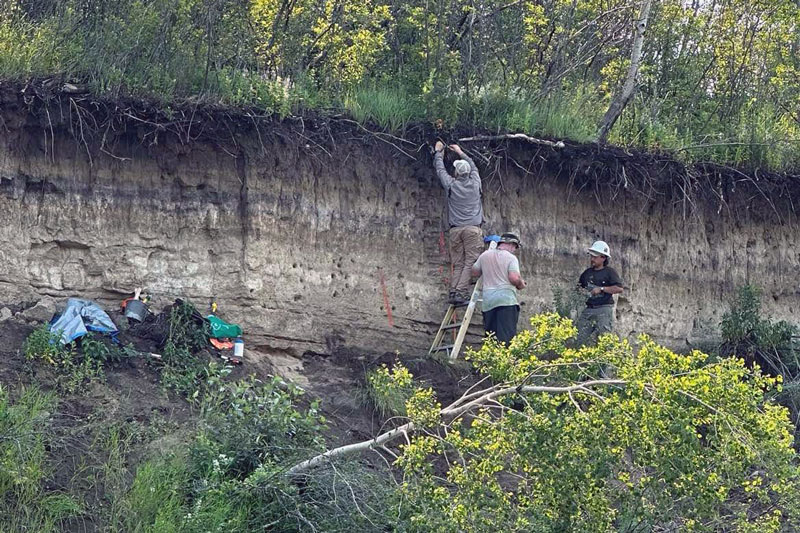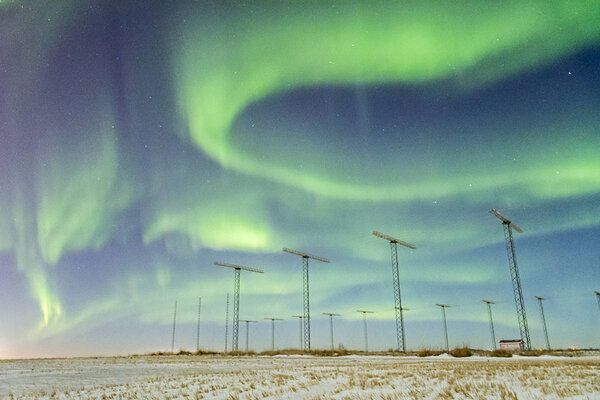
11,000-year-old Indigenous village uncovered near Sturgeon Lake
Archaeologists including Dr. Glenn Stuart (PhD) of the USask Department of Anthropology worked with the community to study one of the oldest known Indigenous sites on the continent
News release by Sturgeon Lake First Nation
A major archaeological discovery near Sturgeon Lake First Nation is reshaping history, challenging long-held narratives about early Indigenous civilizations in North America.
The revelation of an 11,000-year-old pre-contact settlement—one of the oldest known Indigenous sites on the continent—confirms that highly organized societies existed in the region far earlier than previously believed. This places it among some of the world's most well-recognized ancient sites, such as the Great Pyramids of Egypt, Stonehenge in England, and Göbekli Tepe in Turkey—each known for their immense historical significance and their role in shaping human civilization.
The Âsowanânihk Council, meaning "A Place to Cross" in Cree, is spearheading efforts to protect and study the site alongside archaeologists from the University of Saskatchewan and the University of Calgary. The council, which includes Elders, Knowledge Keepers, educators, youth and academics, is committed to ensuring the site's preservation.
Located about five kilometres north of Prince Albert along the North Saskatchewan River, the site was first identified by researcher and avocational archaeologist Dave Rondeau. While surveying the area, Rondeau noticed significant erosion along the riverbank exposing artifacts.
"The moment I saw the layers of history peeking through the soil, I felt the weight of generations staring back at me," Rondeau said. "Now that the evidence has proven my first instincts, this site is shaking up everything we thought we knew and could change the narrative of early Indigenous civilizations in North America."
On Jan. 31, a team of academics met with the council at Sturgeon Lake’s Cultural Centre. The group included Dr. Andrea Freeman from the University of Calgary, Dr. Glenn Stuart from the University of Saskatchewan, archaeologist Butch Amundson, and student Jayda Boux, who is leading research on the site’s lithic materials.
Evidence suggests the site was a long-term settlement rather than a temporary hunting camp. Findings include stone tools, fire pits, and lithic materials used in toolmaking. Charcoal layers indicate early Indigenous inhabitants practiced fire management, aligning with longstanding oral traditions. The discovery of large bison remains provides insight into early hunting techniques and the evolution of the species.

"This discovery challenges the outdated idea that early Indigenous peoples were solely nomadic," Dr. Stuart said. "The evidence of long-term settlement and land stewardship suggests a deep-rooted presence. It also raises questions about the Bering Strait Theory, supporting oral histories that Indigenous communities have lived here for countless generations."
The landscape, shaped by glacial activity and large-scale flooding over millennia, has evolved dramatically. Researchers believe the site, which resembles a buffalo jump today, was home to multiple bison pounds and kill sites. Findings suggest early Indigenous hunters strategically harvested bison, including the now-extinct Bison antiquus, which weighed up to 2,000 kilograms.
The site provides undeniable proof of the deep and enduring presence of Indigenous peoples in this region, reinforcing knowledge that has been passed down for generations. Oral histories have long described the area as an important cultural and trade hub, and this discovery offers physical evidence supporting those accounts.
"This discovery is a powerful reminder that our ancestors were here, building, thriving, and shaping the land long before history books acknowledged us," said Chief Christine Longjohn. "For too long, our voices have been silenced, but this site speaks for us, proving that our roots run deep and unbroken. It carries the footsteps of our ancestors, their struggles, their triumphs, and their wisdom. Every stone, every artifact is a testament to their strength. We are not just reclaiming history—we are reclaiming our rightful place in it."
Looking ahead, the Âsowanânihk Council plans to collaborate with archaeologists to secure funding for continued research and preservation. Plans are also underway to establish a cultural interpretive centre to promote education, tourism, and community engagement. The council is committed to integrating youth into land-based learning initiatives to strengthen cultural knowledge and connections to the land.
Despite its immense significance, the site faces threats from logging and industrial activity. The Âsowanânihk Council, including Elder Willie Ermine, has raised concerns about potential destruction and is advocating for immediate protective measures. Sturgeon Lake First Nation and the council are calling on local, provincial, and national stakeholders to support efforts to protect and study this historic site.
About Sturgeon Lake First Nation
Sturgeon Lake First Nation, a proud Treaty 6 Nation, is home to the Plains Cree with deep roots in Saskatchewan’s boreal forests. Located 30 km northwest of Prince Albert, SLFN upholds its inherent and Treaty rights while preserving its land, language, and culture. With over 3,270 members, the Nation advances self-determination, education, and economic growth.


